
|
|
Font Size:
|
||||
|
|
|
|
||||
STATISTICAL BRIEF #203:
Health Care Expenses for Adults with Chronic Conditions, 2005
Highlights
- In 2005, about 60 percent of the adult U.S. civilian noninstitutionalized population age 18 and over had at least one chronic condition, but the percentage with chronic conditions increased dramatically with age.
- While just over half of total medical care expenses for adults in 2005 (excluding expenses for dental care and medical equipment and services) were for treatment of chronic conditions, persons with chronic conditions accounted for about 90 percent of health expenditures for all conditions (i.e., chronic and acute combined).
- Nearly three of every four dollars spent on prescription medications for adults age 18 and over were for treatment of chronic conditions.
- Among adults with only one chronic condition, an average of $1,064 per person was spent on care for the condition in 2005. This average was about one-quarter of the per person average for adults with two or more conditions.
- Among the elderly age 65 and over with two or more chronic conditions, average expenses for those conditions were about $6,000 per person.
- Adults with chronic conditions had higher average expenditures for acute conditions than adults without a chronic condition.
Introduction
Previous research has shown that a small number of conditions, most of them chronic, account for a large proportion of overall medical expenses (Cohen and Krauss 2003; Soni 2007). This Statistical Brief focuses on overall expenditures among adults for chronic conditions, as well as acute care expenses for adults with chronic conditions and variations by age and type of service. Chronic conditions are defined as conditions that are expected to last at least one year and result in limitations in self-care, independent living, and social interactions or in the need for ongoing medical intervention (Perrin et al. 1993; Hwang et al. 2001).
The estimates presented are for the adult population age 18 and over in the U.S. civilian noninstitutionalized population in 2005 based on data collected in the Medical Expenditure Panel Survey Household Component (MEPS-HC) and Medical Provider Component (MEPS-MPC). Health care expenses represent payments to hospitals, physicians, and other health care providers for services reported by respondents in the MEPS-HC. These payments include amounts paid for various services by individuals, private insurance, Medicare, Medicaid, and other payment sources. Expenses for dental care and medical equipment and supplies are not included because these services are not linked to specific conditions in the survey. All differences between estimates discussed in the text are statistically significant at the 0.05 level or better.
Findings
In 2005, about 60 percent of the adult U.S. civilian noninstitutionalized population age 18 and over had at least one chronic condition (figure 1). The proportion of adults with at least one chronic condition increased dramatically with age, ranging from 36.4 percent of young adults age 18-34 to 91.5 percent of the elderly age 65 and over. The proportion of persons with two or more chronic conditions also rose dramatically with age, ranging from only 14.4 percent among persons age 18-34 to 76.6 percent of the elderly age 65 and over.
Overall, just over half of total expenses for medical care in 2005 for adults (excluding expenses for dental care and medical equipment and services) were for treatment of chronic conditions (figure 2). Only about one-quarter of expenses for emergency care (24.8 percent) were associated with chronic conditions. In contrast, over half of expenses for home health care (57.0 percent) and nearly three of every four dollars spent on prescribed medicines (72.9 percent) were for treatment of chronic conditions. The proportion of expenses for chronic conditions among the remaining service categories ranged from approximately 43-47 percent.
About 29 percent of all expenses for medical care for persons age 18-34 were for treatment of chronic conditions versus about half for persons age 35-54 (figure 3). In contrast, more than half of medical expenses for the near elderly (55-64) and elderly (65 and over) populations were for treatment of chronic conditions (56.6 and 58.9 percent, respectively).
While about 6 of every 10 persons age 18 and over had at least one chronic condition (see figure 1), these persons accounted for about 9 of every 10 dollars spent on care for chronic and acute conditions combined (figure 4). Persons with one or more chronic conditions accounted for the vast majority of expenses for most services--in particular prescribed medicines (96.5 percent) and home health care (98.9 percent), but accounted for a smaller proportion of expenses for emergency room services (79.3 percent) compared to other service categories.
Among persons age 35 and over, those with one or more chronic conditions accounted for the overwhelming majority of medical expenses for all conditions (figure 5)--88.4 percent for those age 35-54, 95.8 percent for the near elderly age 55-64, and 98.8 percent for the elderly age 65 and over. In contrast, 63.3 percent of total medical expenses for young adults age 18-34 were attributable to persons with chronic conditions.
Among adults age 18 and over with one chronic condition in 2005, an average of $1,064 per person was spent on care for the condition (figure 6). Per capita expenses for chronic conditions were substantially higher for persons with two or more chronic conditions ($4,571). Regardless of age, per capita expenses for chronic conditions were generally about three to four times as high for those with two or more chronic conditions as for those with only one chronic condition. Per capita expenses for chronic conditions were highest for the elderly with two or more conditions ($5,966).
In 2005, persons age 18 and over with chronic conditions had higher expenditures for acute conditions than persons without a chronic condition (overall averages of $2,467 and $900 per person, respectively) (figure 7). In all age groups, persons with chronic conditions had higher expenditures for acute conditions than persons without a chronic condition. Among persons with one or more chronic conditions, expenses per person for treatment of acute conditions increased with age, rising from an average of $1,481 for young adults age 18-34 to $3,615 for the elderly age 65 and over.
Data Source
The estimates in this Statistical Brief are based on data from the 2005 Full-Year Consolidated Data File (HC-097) and 2005 Event Level Files that can be linked to condition data (HC-094A, HC-094D-H). The definition of chronic conditions (see below) is based on 5 digit ICD-9 codes which are not available on public use files but can be accessed in the AHRQ Data Center.
Definitions
Age
Most sample persons were classified according to their age on December 31, 2005. However, age for a small proportion of persons was based on the date earlier in the year when they were last considered to be in-scope for the survey (e.g., before death, entering the military, or moving to an institution).
Expenditures
Expenditures are defined as payments from all sources for hospital inpatient care, ambulatory care provided in offices and hospital outpatient departments, care provided in emergency departments, as well as prescribed medicine purchases reported by respondents in the MEPS-HC. Sources include direct payments from individuals, private insurance, Medicare, Medicaid, Workers' Compensation, and miscellaneous other sources. The MEPS estimate of total expenditures for the civilian noninstitutionalized population in 2005 is $1.02 trillion. However, the total expenditures used in calculating estimates in this brief are equal to $929.9 billion because dental care ($72.5 billion) and other medical equipment and supplies ($21.3 billion) are excluded. These services cannot be linked to specific conditions in the survey.
Chronic Condition Expenditures
Conditions were classified as chronic or not chronic based on the AHRQ Healthcare Utilization Project Chronic Condition Indicator (see http://www.hcup-us.ahrq.gov/toolssoftware/chronic/chronic.jsp# overview for details). Expenditures for medical events that were linked to both types of conditions were included in the chronic category.
Type of service
- Office-based: Includes expenses for visits to both physician and non-physician medical providers seen in office settings.
- Hospital inpatient: Includes room and board and all hospital diagnostic and laboratory expenses associated with the basic facility charge, payments for separately billed physician inpatient services, and some emergency room expenses incurred immediately prior to inpatient stays.
- Hospital outpatient: Includes expenses for visits to both physicians and other medical providers seen in hospital outpatient departments, including payments for services covered under the basic facility charge and those for separately billed physician services.
- Hospital emergency room: Includes payments for services covered under the basic facility charge and those for separately billed physician services, but excludes expenses for emergency room services that are included in a hospital inpatient admission.
- Prescribed medicines: Includes expenses for all prescribed medications that were initially purchased or refilled during the year, as well as expenses for diabetic supplies.
- Home health: Includes expenses for care provided by home health agencies (vast majority) and independent home health providers.
About MEPS-HC and MEPS-MPC
The MEPS Household Component (HC) is a nationally representative longitudinal survey that collects detailed information on health care utilization and expenditures, health insurance, and health status, as well as a wide variety of social, demographic, and economic characteristics for the civilian noninstitutionalized population. It is cosponsored by the Agency for Healthcare Research and Quality and the National Center for Health Statistics.
The MEPS Medical Provider Component (MPC) collects information on dates of visit, diagnoses and procedures, and charges and payments from a sample of medical providers who provided care to persons in the survey. The MPC is not designed to yield national estimates. It is primarily used as an imputation source to supplement household reported expenditure information.
For more information about MEPS, call the MEPS information coordinator at AHRQ (301-427-1406) or visit the MEPS Web site at http://www.meps.ahrq.gov/.
References
Cohen, J. Design and Methods of the Medical Expenditure Panel Survey Household Component. MEPS Methodology Report No. 1. AHCPR Pub. No. 97-0026. Rockville, MD: Agency for Healthcare Policy and Research, 1997. http://www.meps.ahrq.gov/mepsweb/data_files/publications/mr1/mr1.shtml
Cohen, J., Krauss, N. "Spending and Service Use among People with the Fifteen Most Costly Medical Conditions, 1997," Health Affairs, March/April 2003.
Cohen, S. Sample Design of the 1996 Medical Expenditure Panel Survey Household Component. MEPS Methodology Report No. 2. AHCPR Pub. No. 97-0027. Rockville, MD: Agency for Health Care Policy and Research, 1997. http://www.meps.ahrq.gov/mepsweb/data_files/publications/mr2/mr2.shtml
Cohen, S. Design Strategies and Innovations in the Medical Expenditure Panel Survey. Medical Care, July 2003: 41(7) Supplement: III-5-III-12.
Hwang, W., Weller, W., Ireys, H., Anderson, G. "Out-Of-Pocket Medical Spending for Care of Chronic Conditions," Health Affairs, November/December 2001.
Perrin E.C., Newacheck P., Pless I.B., Drotar D., Gortmaker S.L., Leventhal J., Perrin J.M., Stein R.E., Walker D.K., Weitzman M. "Issues Involved in the Definition and Classification of Chronic Health Conditions," Pediatrics. 1993; 91: 787-793.
Soni, A. The Five Most Costly Conditions, 2000 and 2004: Estimates for the U.S. Civilian Noninstitutionalized Population. Statistical Brief #167. March 2007. Agency for Healthcare Research and Quality, Rockville, MD. http://www.meps.ahrq.gov/mepsweb/data_files/publications/st167/stat167.shtml
Suggested Citation
Machlin, S., Cohen J. and Beauregard, K. Health Care Expenses for Adults with Chronic Conditions, 2005. Statistical Brief #203. May 2008. Agency for Healthcare Research and Quality, Rockville, MD. http://www.meps.ahrq.gov/mepsweb/data_files/publications/st203/stat203.shtml
AHRQ welcomes questions and comments from readers of this publication who are interested in obtaining more information about access, cost, use, financing, and quality of health care in the United States. We also invite you to tell us how you are using this Statistical Brief and other MEPS data and tools and to share suggestions on how MEPS products might be enhanced to further meet your needs. Please e-mail us at mepspd@ahrq.hhs.gov or send a letter to the address below:
Steven B. Cohen, PhD, Director
Center for Financing, Access, and Cost Trends
Agency for Healthcare Research and Quality
540 Gaither Road
Rockville, MD 20850
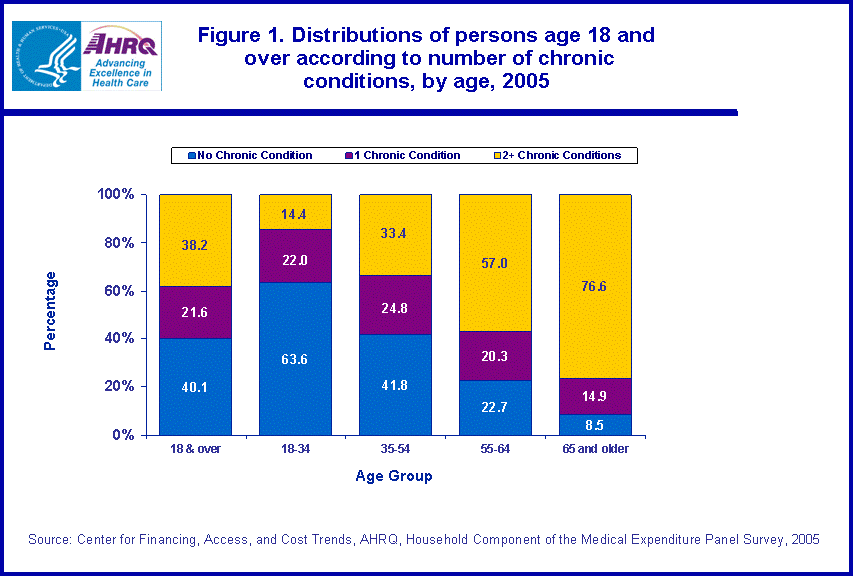 |
||||||||||||||||||||||||||||||||||||
|
||||||||||||||||||||||||||||||||||||
|
|
||||||||||||||||||||||||||||||||||||
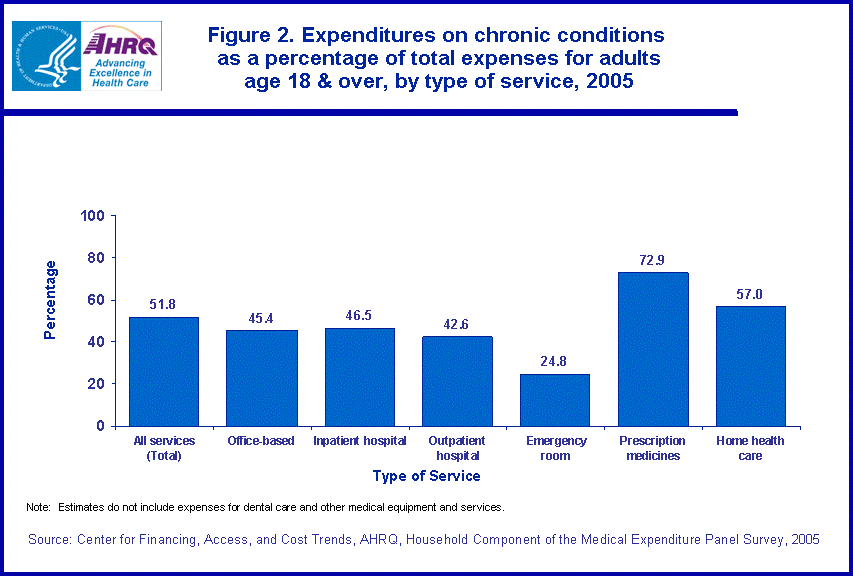 |
||||||||||||||||||||||||||||||||||||
|
||||||||||||||||||||||||||||||||||||
|
|
||||||||||||||||||||||||||||||||||||
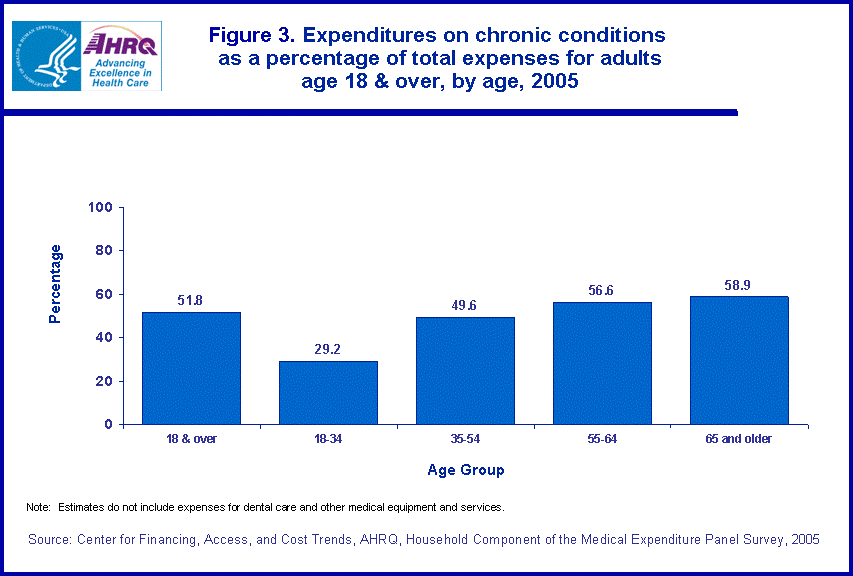 |
||||||||||||||||||||||||||||||||||||
|
||||||||||||||||||||||||||||||||||||
|
|
||||||||||||||||||||||||||||||||||||
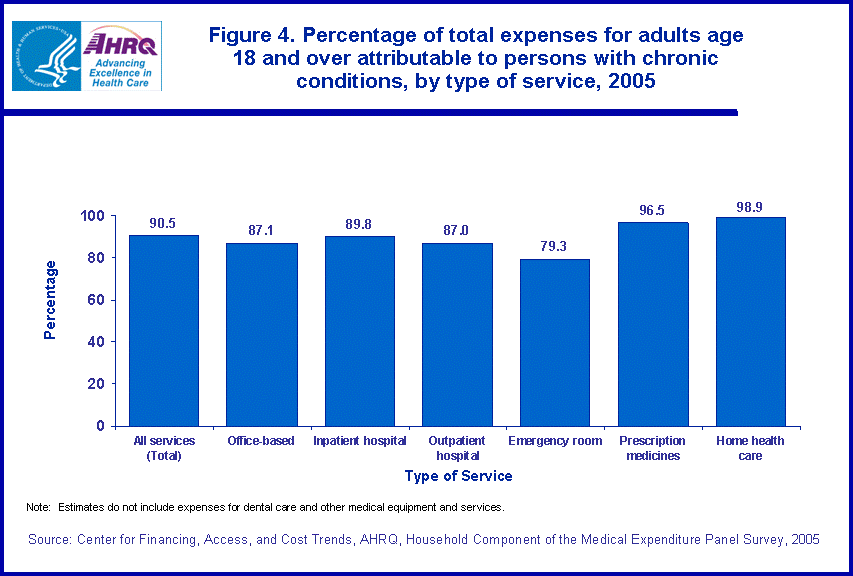 |
||||||||||||||||||||||||||||||||||||
|
||||||||||||||||||||||||||||||||||||
|
|
||||||||||||||||||||||||||||||||||||
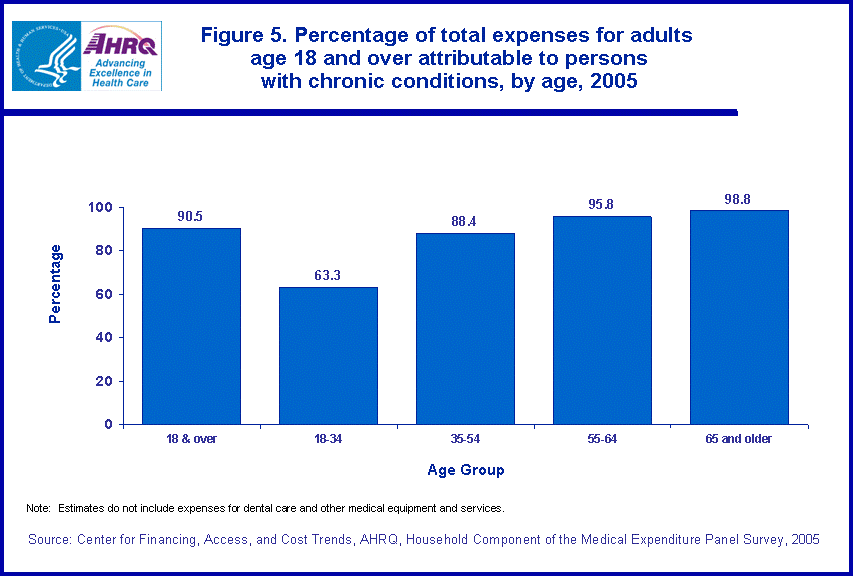 |
||||||||||||||||||||||||||||||||||||
|
||||||||||||||||||||||||||||||||||||
|
|
||||||||||||||||||||||||||||||||||||
 |
||||||||||||||||||||||||||||||||||||
|
||||||||||||||||||||||||||||||||||||
|
|
||||||||||||||||||||||||||||||||||||
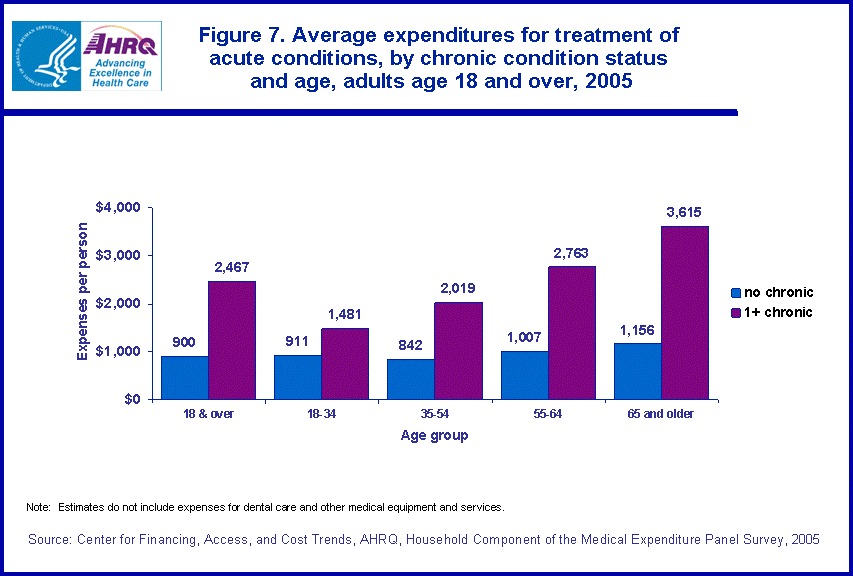 |
||||||||||||||||||||||||||||||||||||
|
||||||||||||||||||||||||||||||||||||
|
|
||||||||||||||||||||||||||||||||||||


